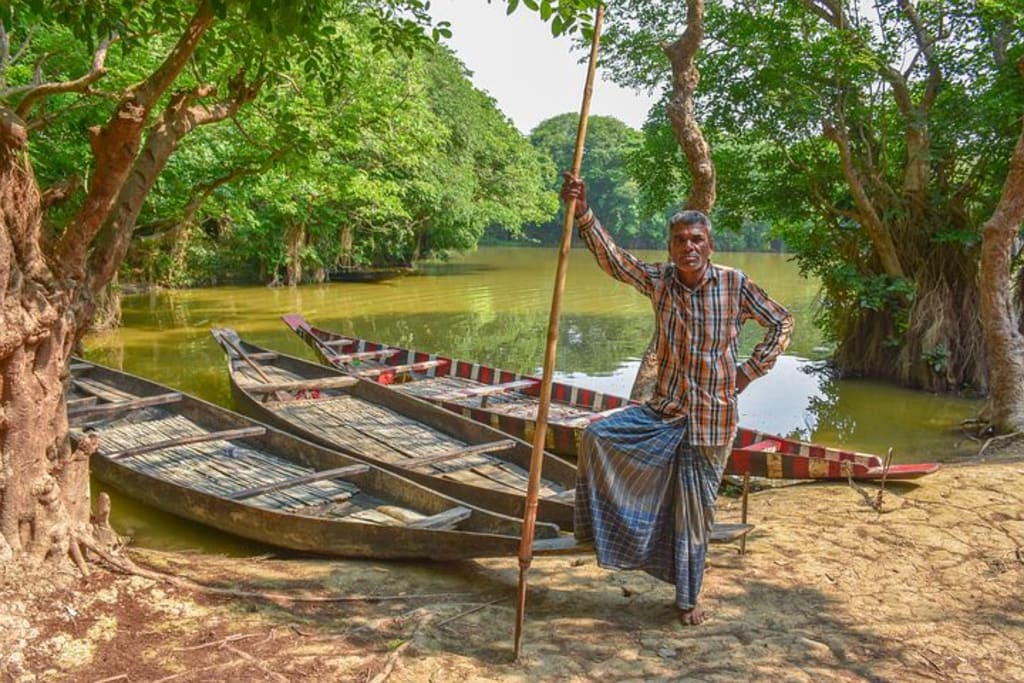HISTORY OF BANGLADESH
bangladesh is asian country

Bangladesh, a country located in South Asia, has a rich and complex history that spans thousands of years. It has been inhabited by various indigenous groups, undergone colonization by foreign powers, and struggled for independence. In this article, we will take a closer look at the history of Bangladesh, from ancient times to the present day.
Pre-History and Ancient Period
Archaeological evidence suggests that Bangladesh has been inhabited since prehistoric times. The earliest known human settlement dates back to the Paleolithic era, around 20,000 BC. The region was home to various ethnic groups, including the Dravidians, Tibeto-Burmans, and Austro-Asiatics.
During the ancient period, Bangladesh was part of various empires, including the Mauryan and Gupta empires. The Pala dynasty, which ruled from the 8th to 12th centuries, is considered a golden age in Bangladeshi history. The Palas were known for their support of Buddhism and for their cultural and intellectual achievements.
Medieval Period and Colonialism
In the 13th century, the region came under the rule of Muslim rulers, including the Delhi Sultanate and the Mughal Empire. The Mughals, in particular, left a lasting impact on Bangladeshi culture, architecture, and language.
In the late 18th century, the British East India Company began to take control of the region, eventually establishing British colonial rule in 1858. During this period, Bangladesh became an important center of trade and agriculture, with the British introducing new crops and technologies.
Independence Struggle and Partition
In the early 20th century, the Indian independence movement gained momentum, with many Bengalis playing a significant role in the struggle. In 1947, when India was partitioned into two countries – India and Pakistan – Bengal was also divided into two parts: East Bengal (later known as East Pakistan) and West Bengal (which became part of India).
The partition was accompanied by violence and displacement, with millions of Hindus and Muslims migrating to their respective sides of the border. East Pakistan soon became a site of political and economic marginalization, with the Bengali language and culture suppressed by the West Pakistani rulers.
Bangladesh Liberation War and Independence
In 1971, after years of political and economic oppression, Bengalis in East Pakistan launched a liberation movement, demanding autonomy and recognition of their language and culture. The movement was met with violent repression by the Pakistani army, leading to a full-scale war between Pakistan and Bangladesh.
With support from India, the Bangladesh Liberation War ended in December 1971, with the Pakistani army surrendering to the Bengali guerrilla forces. Bangladesh became an independent nation, with Sheikh Mujibur Rahman becoming its first prime minister.
Post-Independence Era
The post-independence era in Bangladesh was marked by political instability, economic struggles, and natural disasters. Sheikh Mujibur Rahman, who had become a symbol of Bangladeshi nationalism, was assassinated in a military coup in 1975, leading to years of military rule and political violence.
In the 1990s, Bangladesh transitioned to a democratic government, with the Awami League and Bangladesh Nationalist Party (BNP) alternating in power. The country has made significant progress in poverty reduction, health care, and education, but still faces challenges such as corruption, political violence, and environmental degradation.
Conclusion
The history of Bangladesh is a rich and complex one, shaped by various ethnic, religious, and political forces. From its ancient past to its struggle for independence and post-independence challenges, Bangladesh has faced numerous obstacles, but has also demonstrated resilience and determination. Today, Bangladesh is a rapidly developing country, with a growing economy and a vibrant culture.





Comments
There are no comments for this story
Be the first to respond and start the conversation.